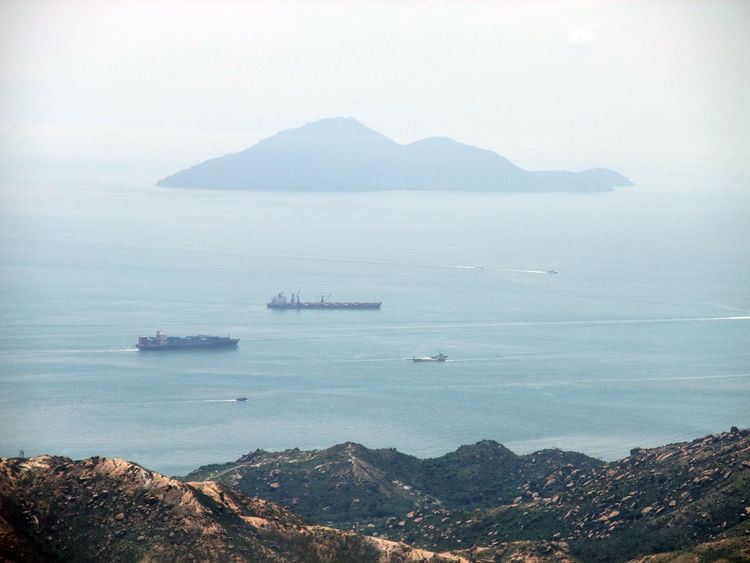Unknown Unknown | Date 1521 | |
 | ||
Similar Battle of Lake Poyang, Battle of Shanhai Pass, Battle of Sarhu, Siege of Fort Zeelandia, Tumu Crisis | ||
Battle of tunmen
The Battle of Tunmen or Tãmão was a naval battle in which the Ming imperial navy defeated a Portuguese fleet led by Simão de Andrade in 1521.
Contents
Causes
Simão de Andrade had been kidnapping Chinese children to sell in Malacca. and ignored Chinese sovereign authority at Tãmão, building a fort. The Chinese believed that the Portuguese roasted and ate the Chinese children they had kidnapped. The Chinese responded by blockading the Portuguese. The Portuguese would have starved if they had not run the blockade.
Location
The Portuguese called their settlement Tamão, which is understood as a corruption of "Tunmen" (屯門, Túnmén), the name for the western Hong Kong and Shenzhen area that has existed since the Tang dynasty. Chinese sources state that the Portuguese settled around the Tunmen Inlet (屯門澳, Túnmén Ào), but the current whereabouts of the Tunmen Inlet is unknown, so the precise location of the Portuguese settlement and the battlefield remains under debate among historians.
In the present day, "Tunmen" refers to Tuen Mun, the Cantonese reading of the same Chinese characters. This leads some researchers to link the Tunmen of Ming times to Tuen Mun in the New Territories of Hong Kong. "Tunmen Inlet" would then refer to one of two bays around Tuen Mun: Castle Peak Bay, next to the current Tuen Mun New Town; or Deep Bay between the New Territories and Nantou in present-day Shenzhen, where a Ming coastal defense force was stationed.
Adding to the confusion is the description in Portuguese sources that Tãmão was an island. As Tuen Mun is not an island, researchers have proposed that Tãmão actually refers to one of the nearby islands. Lintin Island, west of Tuen Mun, is commonly accepted in Western academia as one of the more likely possibilities, while the much larger Lantau Island has also been suggested.
The battle
During this period China's navy maintained around 50 ships. Simão de Andrade's fleet was defeated by the Chinese navy, which emboldened the Chinese to take further military action the following year, at the Second Battle of Tamao (1522) against Martim Afonso de Mello.
The Chinese were commanded by Wang Hong. The battle started in either April or May, and ended when the Portuguese fled to Malacca in October. Many Portuguese vessels were captured by Chinese forces. The Chinese killed and captured so many Portuguese that only three Portuguese ships survived the battle, out of the many ships and Chinese junks with which they attacked the Chinese. They managed to escape only because a strong wind arose and scattered the pursuing Chinese ships, enabling the Portuguese to escape to the open sea. For many years afterwards, the Chinese would kill every single Portuguese who attempted to land in China.
However, with gradual improvement of relations and aid given against the Japanese Wokou pirates along China's shores, by 1557 Ming China finally agreed to allow the Portuguese to settle at Macau in a new Portuguese trade colony. The Malay Sultanate of Johor also improved relations with the Portuguese and fought alongside them against the Aceh Sultanate.
